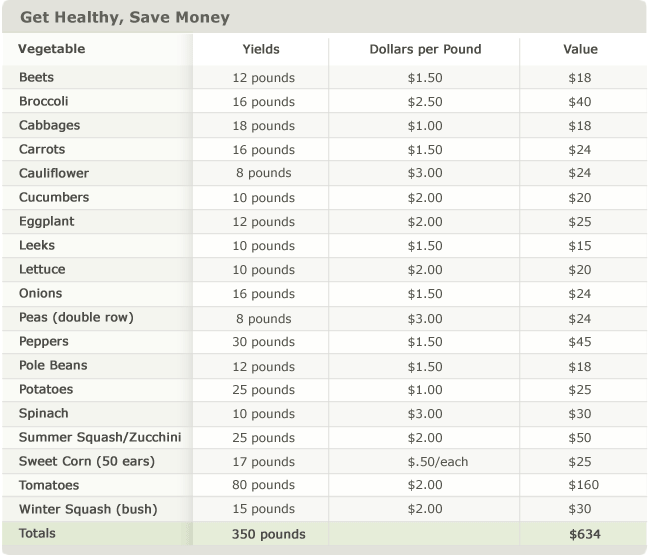By: Co+op, stronger together
Recipe Information
Total Time: 35 minutes; 15 minutes active
Servings: 4
The holidays are perfect time to show off your chops in the kitchen. This deceptively simple recipe requires a little creative application of your home chef tools, and the result is an effortlessly graceful presentation full of some of the most delicious flavors of the season. Right now, organic sweet potatoes are at a great discount in the Co-op’s Produce aisles - only $1.99 a pound. Welcome your guests to the table and save on ingredients - now that’s thinking cooperatively!
Ingredients
4 small sweet potatoes
1/4 cup unsalted butter, divided
4 cloves garlic, pressed
1 tablespoon fresh rosemary
1/2 teaspoon salt
Freshly ground black pepper
1/4 cup freshly-grated Parmesan cheese
Preparation
Heat the oven to 400°F. Use about one tablespoon of butter to grease a large sheet pan with a rim. Score the skin of each sweet potato with a paring knife, cutting four evenly spaced lines from tip to tip. This will make it easier to flatten the rounds after baking. Cut into 1 1/2-inch-thick rounds. Place the rounds on the sheet pan, cover tightly with foil or another baking pan, and roast for about 20 minutes, until soft when pierced with a paring knife. Remove the pan from the oven, and set the oven on broil. Use a fork to flatten each slice to about a 3/4-inch-thick round.
Melt the remaining butter in a small pan; add garlic and rosemary, and stir for a few seconds. Use a spoon to drizzle a little bit of the butter mixture over the sweet potato rounds. Sprinkle with salt, pepper and Parmesan cheese, and place under the broiler for 2 minutes or so, until crispy and browned. Serve hot.









